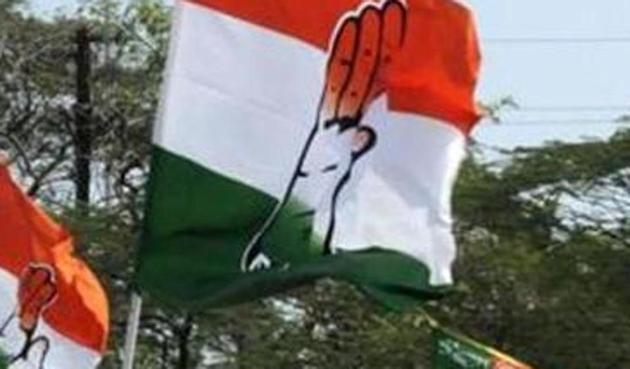How the ‘Congress model’ is delivering inclusive development | Opinion
It focuses on increasing demand, investing in human capital, helping entrepreneurs, and ending fear
As Indians watch one political party go about implementing its divisive and economically disruptive ideology, it would be worthwhile for them to consider how other political parties have translated their alternative world views into public policy. Given the Congress’s wins in various states over the last 12 months, we have an opportunity to examine how the Congress governments went about implementing their manifesto promises.

Congress governments historically have been guided by some non-negotiable principles such as an unwavering commitment to inclusive economic development. During the United Progressive Alliance (UPA) decade in power, GDP growth averaged a historically high 7.6%, despite storms such as the global financial crisis. Its legacy is a host of legislations that empowered citizens.
Around the same time, the BJP was offering an alternative “Gujarat model” of governance. Prime Minister Narendra Modi feverishly extolled the virtues of this model and how it was a panacea to all that ailed India. Having experienced two successful Gujarat models in the past — one got us Independence, another laid the foundations of a successful cooperative movement — many Indians decided to give Modi a strong mandate. But after five-and-a-half years of this model at the Centre, Modi has the following to show. For six quarters now, the GDP growth has been falling. Food inflation is rising steadily. Unemployment remains at a historic high. Farm incomes and rural wage growth have fallen drastically. There has been a precipitous drop in food consumption, raising concerns of increased malnutrition. For the first time in Independent India, poverty has increased. To make matters worse, the government has lost the trust of large sections of the population, people are out on the streets and young students are being assaulted in libraries.
However, not all is lost. Over the past year and more, Congress governments in Chhattisgarh, Madhya Pradesh (MP), Rajasthan, and Punjab have presented an alternative governance model, which is progressive, empathetic, and development-oriented. This “Congress model” has the capacity to take India out of the current economic crisis.
As India goes through the demand slump, it is important that we focus on reviving consumption, especially in rural areas. The “Congress model” has prioritised the development of the most vulnerable (farmers). These states provided a crop loan waiver within days of government formation. This was a much-needed measure to alleviate the distress of our farmers by increasing the purchasing power of their families. Chhattisgarh went a step ahead and ensured the highest Minimum Support Price (~2,500/quintal) for paddy, the principal cash crop. This led to an immediate surge in automobile sales in Chhattisgarh.
The “Congress Model” focuses on increasing investments in human capital. Chhattisgarh is taking the lead by announcing the right to healthcare. The Congress government in Rajasthan is working hard to remedy the broken health care system it has inherited. It has reinstated the Free Medicine Scheme and is working to ensure quality affordable healthcare to every citizen.
In 2016-17, more than 28,000 children in Madhya Pradesh died due to malnourishment. Now, Chhattisgarh and Madhya Pradesh have introduced eggs in mid-day meals, a nutritional measure recommended by experts across the world. Punjab and Rajasthan have announced free education for girls and women from kindergarten to the post-graduate level. At a time when health and education budgets have been slashed by the Centre, Congress governments are showing the way in how public funds can be spent effectively.
The welfare measures have been accompanied with incentives for entrepreneurs. Rajasthan has legislated regulatory forbearance. An entrepreneur starting a small/medium enterprise would be exempt from getting approvals and regulations for the first three years. This is an important step towards ending the harassment and corruption of the Inspector Raj. MP has announced a similar policy under which industrialists would only need self-certification, paving way for a hassle-free business environment. It is also ushering in a law to ensure speedy government service delivery to citizens.
These positive steps have helped tackle the grave unemployment crisis in these states. Compared to December 2018, the unemployment rate has reduced in Madhya Pradesh, Rajasthan, and Chhattisgarh, whereas it increased in the rest of India. Madhya Pradesh has, in fact, halved the unemployment rate in 11 months (from 7% in December 2018 to 3.6% in November 2019.
The “Congress model” is focused on welfare, increasing consumption demand across sections, ending the climate of fear, and ensuring harmony. The clock is ticking for the “Gujarat model”. Thankfully for India, the inclusive “Congress model” is demonstrating through tangible results how to build a coherent road map for charting economic recovery.






